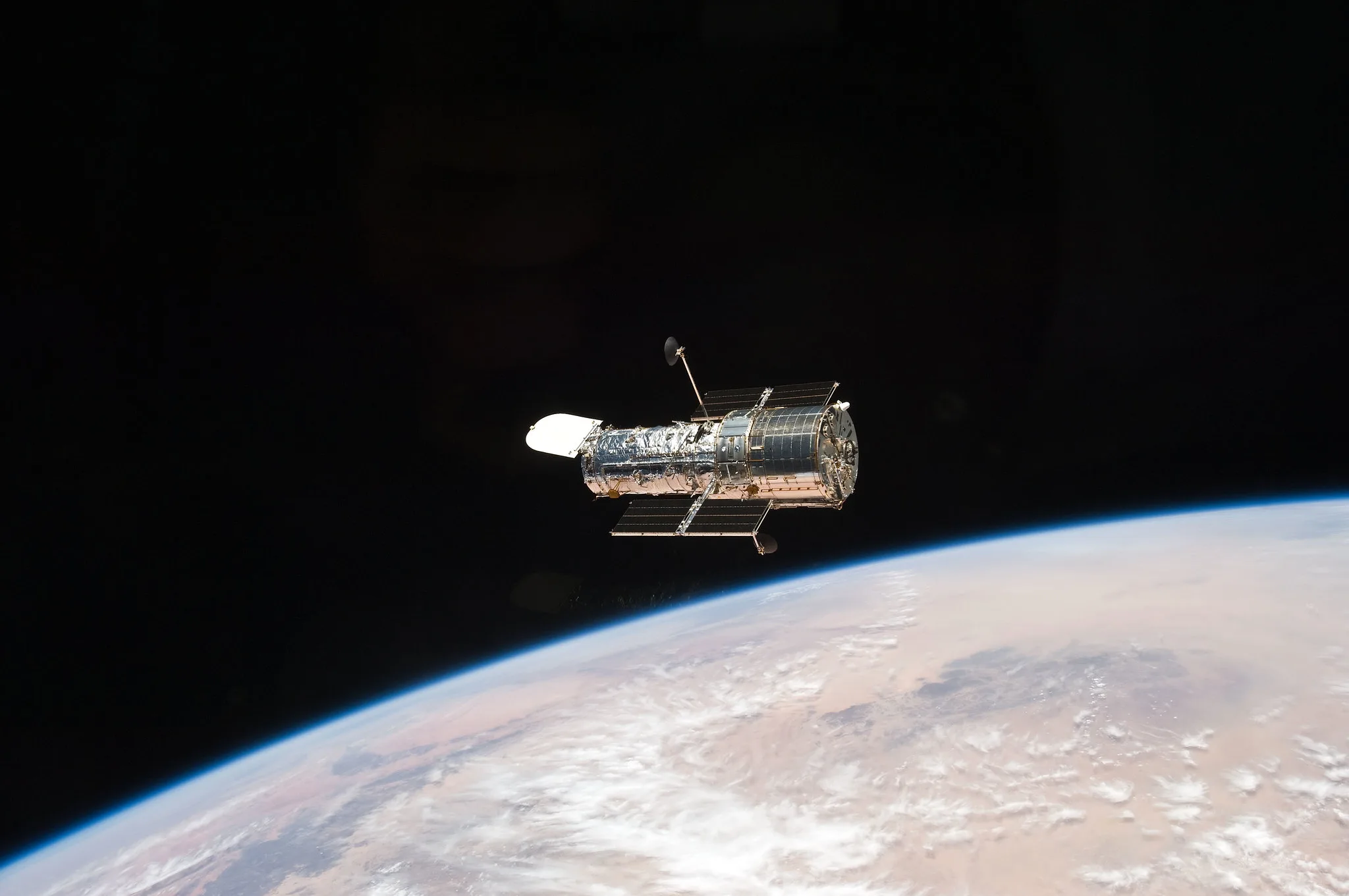NASA has successfully switched the Hubble telescope to a new mode of operation in which it uses only one gyroscope. On June 14, the space observatory resumed scientific observations.

There are a total of six gyroscopes on the Hubble telescope. They are part of the orientation system that determines its position and controls its direction. Hubble requires three gyroscopes to function properly.
The problem was that the gyroscopes were installed on Hubble back in 2009 by the last servicing mission and had long since reached the end of their useful life. By the spring of 2024, there were only three working gyroscopes left on the telescope. On May 24, one of them broke. NASA then activated a backup plan prepared more than twenty years ago. Its essence was that Hubble was put into operation with one gyroscope. The second was left as a backup.
This mode of operation has a number of disadvantages. It is estimated that the number of observations that Hubble will be able to make in a week will decrease by about 12%. In addition, Hubble will no longer be able to study objects closer to Mars’ orbit, such as the Moon or near-Earth asteroids. But that’s the only possible option at the moment – the alternative is to complete the mission.
NASA hopes Hubble will be able to continue observing into the 2030s. How well these hopes will be realized depends on the two remaining gyroscopes. So far, neither of them has experienced any serious problems. But it must be realized that both devices have already far exceeded their rated service life of 50,000 hours. One gyroscope has 142,000 hours of operation and the other has almost 90,000 hours.
Problems with the gyroscopes have led to renewed talk of sending a private repair mission to Hubble. However, at the moment NASA does not want to give permission for it. The Aerospace administration motivates this by the fact that private companies can damage the telescope.
According to NASA


